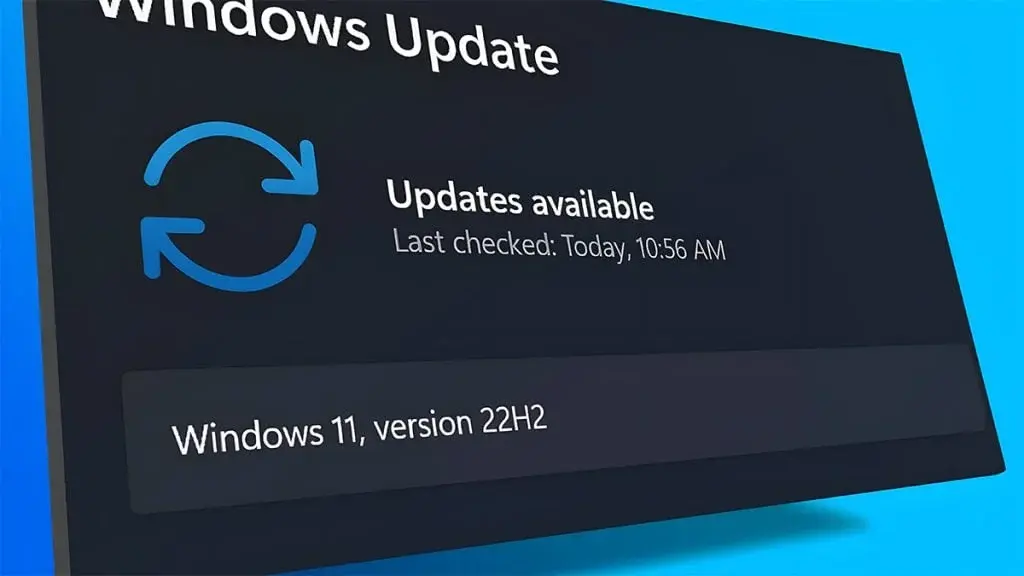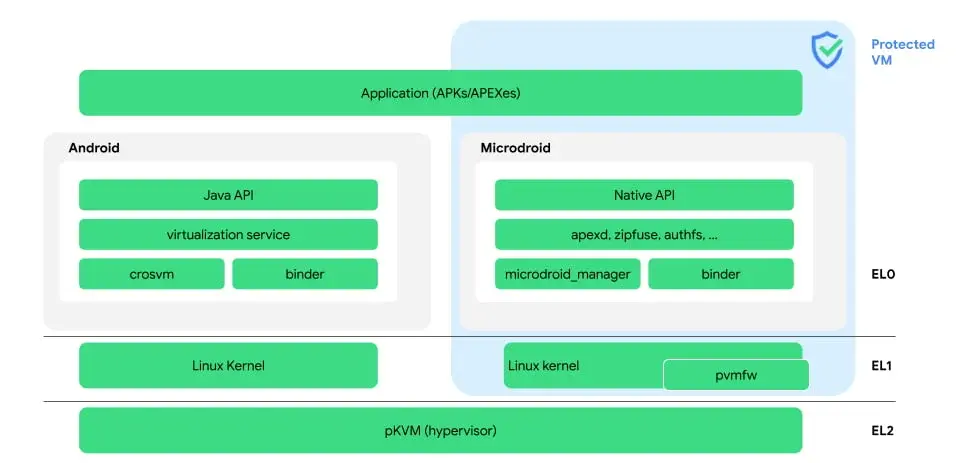Microsoft continues to enhance Windows 11, refining the latest iteration of its widely-used operating system. Although these updates typically benefit users, this isn’t always the case. For instance, the most recent Windows 11 update introduces new advertisements to your PC. Here are the details…
Microsoft Inserts Ads in Latest Windows 11 Update – How to Turn Them Off
Windows remains one of the most widely-used operating systems ever. However, it’s challenging to assert that Microsoft is earning as much from this OS, installed on billions of devices, as it desires.
Despite generating billions in annual revenue, there’s always potential for more. This is where Microsoft’s clever strategy comes into play: incorporating advertisements.
It’s been known for a while that the company intended to integrate ads into various segments of the OS. Now, in line with this strategy, the tech giant has unveiled a new update for Windows 11 version 23H2 and Windows 11 version 22H2, embedding advertisements into your PC.
Impact on Users
The update leads to Windows 11 users encountering advertisements within the Start menu and Settings section. These ads, usually promoting apps, are generally categorized under “recommendations.”
Disabling the Ads
However, rest assured; during the beta phase, a method to disable this feature was introduced and is likely available in the current version. To disable these ads, ensure you are running the most recent version and follow these steps:
- Open Settings: Press the Windows key and select Settings.
- Personalization: Navigate to Personalization.
- Start: Click on Start.
- Toggle Off: Turn off “Show recommendations for tips, app promotions, and more.”
By following these steps, you can eliminate the newly added advertisements from your Windows 11 experience.













